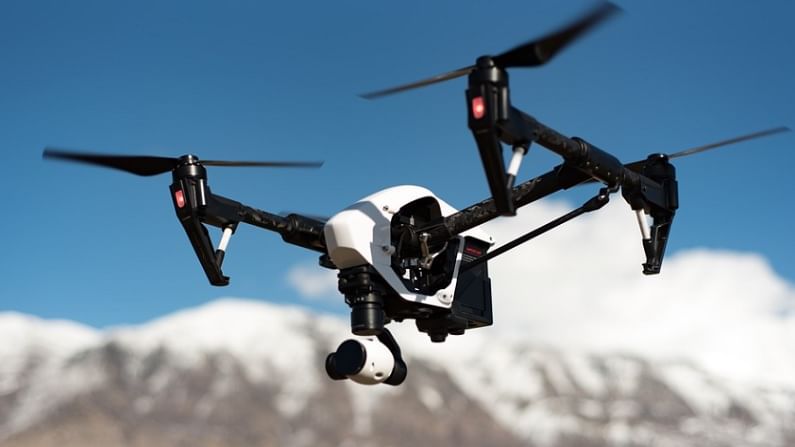Now, a comprehensive drone insurance policy; know details
After HDFC ERGO and Tata AIG, ICICI Lombard General Insurance has forayed into the drone insurance space

After heavy rainfall in 2016 in the Beed district in Maharashtra, HDFC ERGO General Insurance resorted to drones to identify crop-loss in various parts of the region. The use of drones is widening, especially in areas where human reach is difficult. Even state and central governments are actively using it in the fight against Covid-19. The increasing use of drones makes it imperative to have insurance not only for third-party liabilities but also for own damage.
A flying drone is an unmanned aerial vehicle (UAV). Put simply, it is an aircraft without a human pilot aboard, but controlled by a pilot from a distance.
Giving details of drone insurance, Kapil Mehta, founder and CEO, SecureNow Insurance Broker, said there are several insurers that offer drone insurance, particularly since this insurance is a mandatory requirement with drones above a certain size.
“If a drone is flown in violation of the DGCA guidelines it will not be covered. These guidelines prohibit night flight, carrying hazardous materials, flying near airports or near other flying objects,” he said.
Features
After HDFC ERGO and Tata AIG, now ICICI Lombard General Insurance has forayed into the drone insurance space. What is unique about the policy is it is comprehensive, covering any theft or loss or damage caused to the drone, including the payload (camera/ equipment) attached to it as well as third party liabilities. It also comes up with the Pay Per Use model that allows the customers to choose the policy depending on their requirement. They can choose a one-day, one-week, one-month or annual policy.
The policy covers six types of risks – i) the hull cover is for any accidental loss/damage to the drone including theft and disappearance within the scope of the policy. Any loss due to wear and tear or gradual deterioration over time, as well as non-compliance with the DGCA guidelines, is not covered under this.
ii and iii) The payload cover and equipment cover insures the accidental physical loss or damage of the payload, while the same is attached to the drone, and to the property being spares, engines and associated equipment, respectively.
iv) Personal accident cover is applicable to the insured/authorised operator for bodily injury sustained in India while operating drones and arising out of an accident.
v) Medical insurance cover is for insured/authorised operator who has been hospitalized because of a bodily injury arising out of the flight of the covered drone.
vi) Third party liability provides coverage for damages from accidental bodily injury and accidental damage to property caused by the drone.
Add-ons
There are nine add-ons such as alternate hire charges, drone war liabilities, cyber liability cover, invasion of privacy cover, and Beyond Visual Line of Sight (BVLOS) endorsement, among others.
Talking specifically about the ICICI Lombard product, Mehta says that it has a few relevant add-ons.
“An important one is the add-on that allows flight beyond visual sight in a few cases. This is typically not insured. Also relevant is the pay-per use models because the flying hours of drones can vary significantly,” he said.
Notably, drones can only be used within Visual Line of Sight (VLOS) and during the day as per DGCA guidelines. But there is a need for BVLOS operations too keeping Covid-19 in view.
“In such cases, the ICICI Lombard drone insurance will be a boon for those operators who are venturing into BVLOS operations in the near future,” ICICI Lombard said.